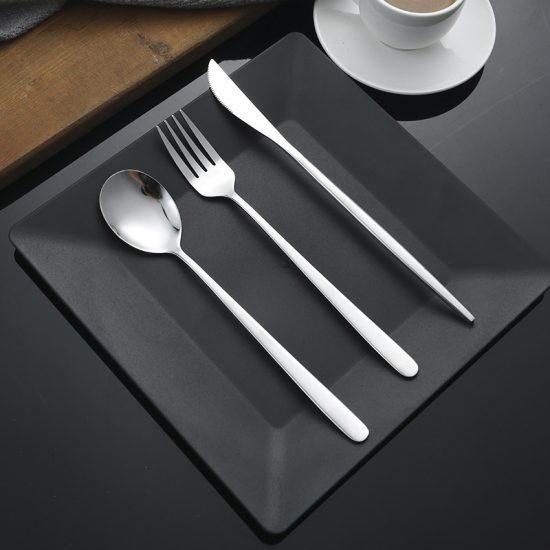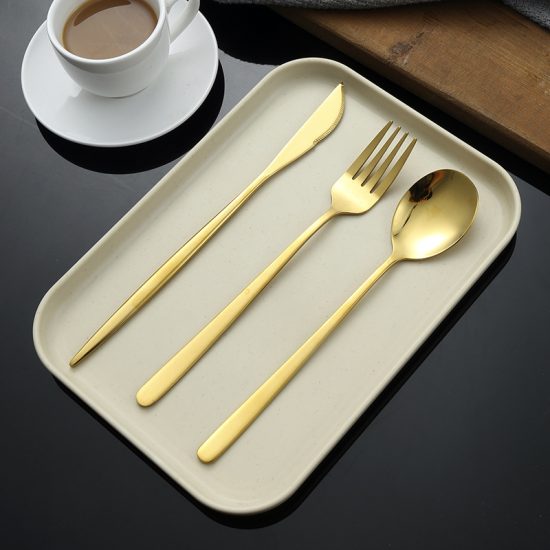The features of tableware can vary depending on the type, style, and purpose of the specific items. However, there are some common features that are important to consider when selecting tableware. Here are some key features to look for:
- Material: Tableware is made from a variety of materials, each with its own characteristics and benefits. Common materials include porcelain, bone china, ceramic, glass, stainless steel, silver, and wood. Consider the durability, aesthetics, and maintenance requirements of different materials when choosing tableware.
- Durability: Look for tableware that is durable and able to withstand regular use and occasional bumps or impacts. Consider the quality and thickness of the material, as well as any special features like reinforced edges or chip-resistant coatings.
- Design and Style: Tableware comes in a range of designs and styles to suit different preferences and occasions. Whether you prefer classic, contemporary, minimalist, or eclectic designs, choose tableware that complements your personal style and the overall aesthetic you want to achieve.
- Size and Shape: Consider the size and shape of tableware items, such as plates, bowls, and glasses, to ensure they are practical and functional for their intended use. Different sizes and shapes are suitable for specific types of cuisine, portion sizes, and presentation styles.
- Versatility: Choose tableware that can be used for various occasions and purposes. Versatile pieces can be mixed and matched, allowing you to create different table settings and adapt to different dining experiences.
- Ease of Cleaning: Consider the ease of cleaning and maintenance when selecting tableware. Dishwasher-safe items can make cleaning more convenient, while stain-resistant or non-porous materials can be easier to keep clean and maintain.
- Temperature Resistance: Some tableware items, such as oven-to-tableware or thermal mugs, offer temperature resistance, allowing them to withstand hot or cold temperatures without cracking or breaking. This feature can be useful for serving and enjoying hot or cold foods and beverages.
- Stackability and Storage: Tableware that is stackable and designed for efficient storage can help save space in your kitchen cabinets or dining area. Look for items that can be neatly stacked without scratching or damaging each other.
- Functionality and Ergonomics: Consider the functionality and ergonomics of tableware items. For example, plates with raised edges can help prevent sauces or dressings from spilling over, while ergonomic handles on cutlery can provide a comfortable grip.
- Compatibility with Other Tableware: If you already have existing tableware or plan to expand your collection in the future, consider the compatibility of new items with your current set. Look for complementary designs, sizes, and colors to ensure a cohesive look when combining different pieces.
Remember to prioritize your specific needs and preferences when choosing tableware. Assessing the features that are most important to you will help you select tableware that not only looks great but also enhances your dining experience.


